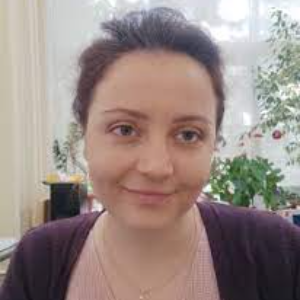Title : Mechanisms of tissue reshaping and regeneration using thermomechanical effect of infrared laser
Abstract:
The potential of thermomechanical effect of pulsed-periodic mid-IR laser radiation for the stimulation of tissue self-restoration and for implant modeling is discussed. The principle underlying the effect includes thermal and mechanical components when radiation is absorbed by interstitial water and the heat is distributed in the tissue volume according to its water content. By adjusting laser parameters, such as power density, pulse duration and repetition rate, several processes can be initiated and controlled within the localized tissue volume: (1) heating, (2) mechanical dilatation and shrinkage of the matrix, (3) formation of micropores and gas bubbles [1]. Cartilage is an avascular tissue with slow metabolism and low potential of self-restoration. Bioengineered implants are commonly used to address the late stages of the disease. The usual problems with implants are poor cell survival and differentiation, inadequate integration into the host tissue, de-differentiation of the normal cartilage and formation of fibrous tissue with unsatisfactory mechanical characteristics. Here we show, how laser irradiation may help to overcome these problems. The technology of low-invasive laser reconstruction of spine discs has been applied successfully to patients in Russia [2]. The first results of hyaline-type cartilage regeneration were obtained also in the joints on in vivo animal model and in clinical trials for knee joints of patients. The possible cellular mechanisms of laser-induced regeneration of hyaline cartilage are outlined as well [3].
The medical technology of laser-induced cartilage reshaping follows the same principle; however, the main target of radiation is cartilaginous matrix, in particular, proteoglycans which are responsible for the “shape memory” effect. It is shown how cartilaginous implants with new stable shape are obtained using laser technology. Clinical applications of the technology for surgery are discussed [4].



